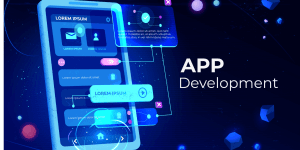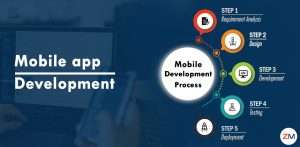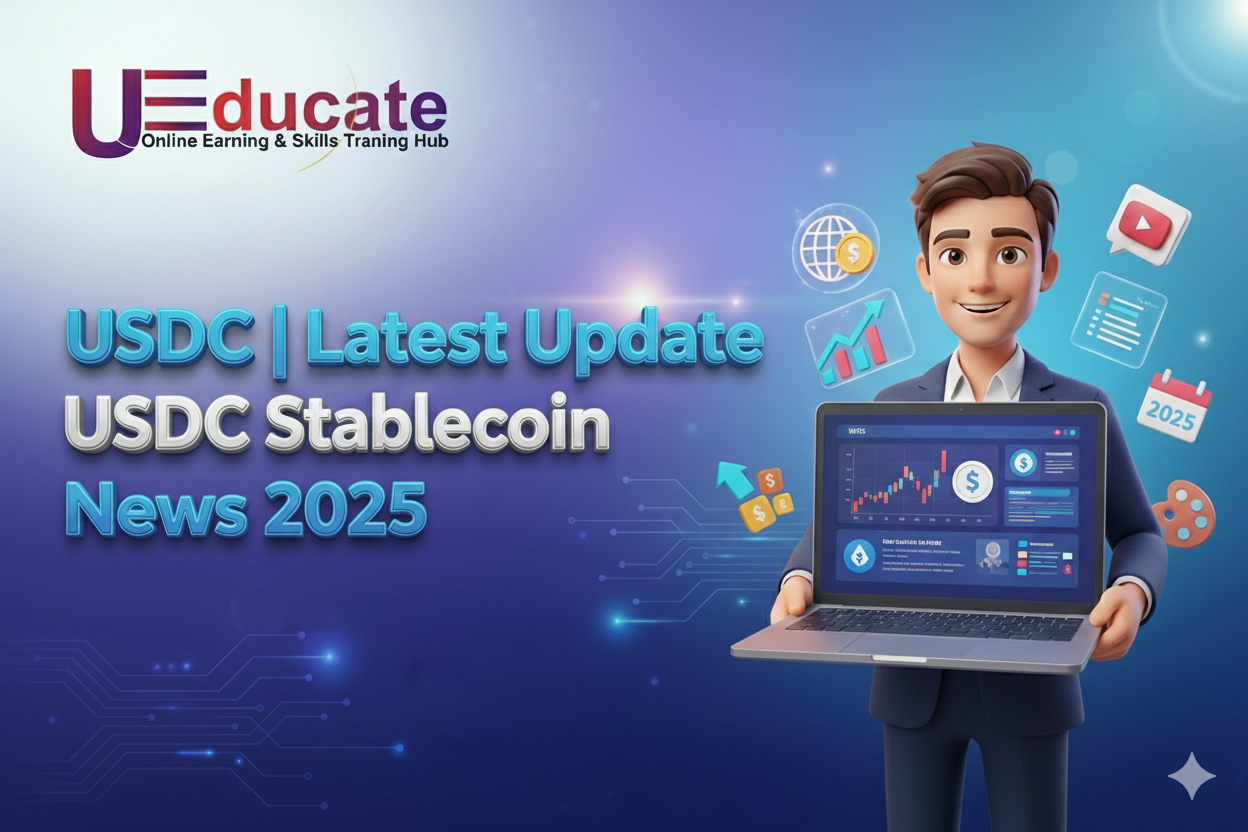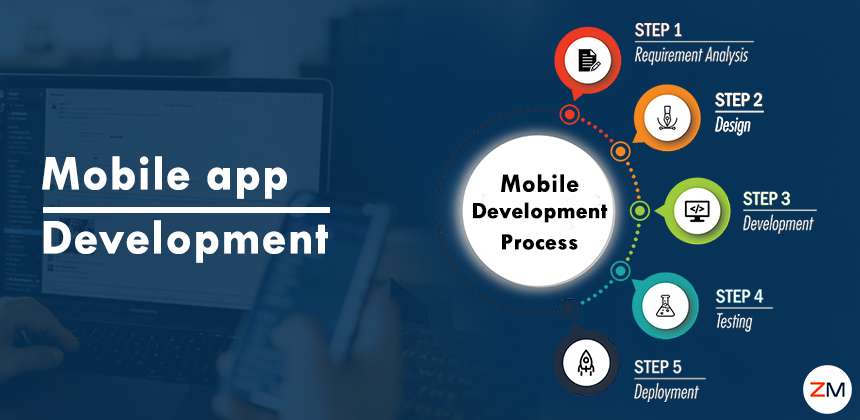Android App Development
Android App is the development of general applications that run on devices with the Android operating system.
The official integrated development environment for native Android is Android App Studio.
Mobile app development is creating a software application that runs on small, low-power,
handheld devices such as a digital assistant, smartphone, or tablet.
The software is downloaded from a mobile application store, and accessed via a mobile web browser. While there are many routes to becoming a professional in mobile app development, these professionals will typically pursue a Bachelor’s degree in computer science or computer programming.
Most of these degrees include modules on programming languages, which will provide professionals with general knowledge of software creation.
Android Basics with Composition, is a self-paced online course on how to build Android apps, using the latest best practices.

It covers the fundamental basics of building apps with Jetpack Compose, the recommended toolkit for building user interfaces on Android.
Android development requires knowledge of the Java programming language. Considered one of the easiest coding languages. Java is many developers’ first exposure to object-oriented design principles. A good knowledge of Java means developing successful applications in Android is fairly easy.
The major areas of responsibility for the Android application developer will include the design, development, and maintenance of the applications and their integrations using bleeding-edge services. Cooperation with other software developers and QA engineers who work at the different layers of infrastructure will be required. The technology is utilized in developing AndroidTop mobile development technologies used for mobile apps Java, Kotlin, Python, R programming, C++, HTML5, C#
Best Mobile App Development Frameworks
React Native
SwiftUI
Ionic
Xamarin
Corona SDK
Apache Cordova
Framework
One of the most dynamic and constantly evolving topics, full of advanced technologies,
innovative trends, and simply incredible potential. With the year returning with revolutionary advancements,
the stage is set to shape the future of mobile app development.
For this career, a bachelor’s degree in a related field such as computer engineering, information technology, or computer science will be an advantage. These undergraduate programs will provide an understanding of computer basics, computer applications, and how software works.
Some of the most commonly used Android development tools include Android Studio, Eclipse, IntelliJ IDEA, Xamarin, React Native.
These tools offer a full set of features, are extremely easy to use, and have community support. Android is initially developed internally by Google
until the latest changes and updates are ready for release, then the source is released to AOSP, which is an open-source project led by Google.

Android Studio
The platform provides support for various programming languages such as Java, Kotlin, C++. Here developers can code, debug, and test their applications.
Android Studio benefits from Google’s security and a large community that makes it the preferred platform for professional developers.
App development is a profitable business. You can’t make a better investment than in this area. We’ve done the work for you and compiled a list of app concepts that can help you grow your business and generate income even in these tough economic times.
You may use Android App Studio IDE or Eclipse. These will help you learn the basic things, among many, which will help you enhance your code.
You can learn Apache Maven, Ant, and Gradle because these give you a powerful set of tools to help you manage your builds.
A community of free and open-source enthusiasts makes and distributes Android-based distributions with various customizations and added features such as lossless FLAC audio support and the ability to store downloaded applications on the microSD card. This often requires rooting the device.
Rooting allows the user to access the operating system which allows full control of the phone.
The disadvantages of rooting are no less, which includes but is not limited to increased risk of hacking, high chance of bricking, loss of warranty, and increased chance of virus attack. The bootloader of the device must also be unlocked. Custom firmware allows users of older phones to utilize apps only available in newer versions. Android software development is the process by which applications are created for Android operating system devices.
Google says
Android apps can be written using Kotlin, Java, and C++ languages with the Android SDK, while the use of other languages is also possible. All other than JVM languages, like Go, JavaScript, C, C++, or the assembly will need the help of JVM language code. Tools may be available to help with that, even though they also can provide only limited API support.
Some programming languages and tools are allowed to provide support for cross-platform applications, i.e., for Android and iOS. Third-party tools, development environments, and language support also have been continuing to develop as well as expand since the initial release of the SDK. Google Play is the official mechanism for distributing Android applications to end users and also enables the staged rollout of applications, where application developers can gradually release an application to different sets of end users. Using this facility, application developers can distribute preview versions of their applications with a limited number of testers.
The Android platform provides support for an open accessory that allows external USB hardware connected to an Android device in a special accessory mode to interact with the device without the need for a special application-level protocol. When an Android device is in host mode, the connected accessory must act as the USB host, and the Android device act as the USB device. The Android USB accessories are designed to attach to an Android device and follow a simple protocol to detect an Android device.
From these core and common packages, a few enthusiasts develop and publish custom Android-based distributions with added functionality and customizations, including FLAC audio lossless support, removing application download size limitations to store on the microSD card. Most of the time it involves rooting the phone. Rooting lets users access the operating system, which gives full control of the phone. Major disadvantages of rooting increased risk of hacking, high chance of bricking, loss of warranty, and a high chance of virus attack, The bootloader of the device has to be unlocked.

Conclusion
Android App ability to utilize applications only available in newer versions, as a result of custom firmware, allows users of older phones. These firmware packages are often updated, include elements of the Android features that have not been officially released in carrier-approved firmware, and tend to have fewer restrictions. Examples include CyanogenMod and OMFGB. Even though most of the Android operating systems are open source, the phones come with closed-source Google apps that provide features like Google Play, GPS navigation, Maps, drives, documents.
Google has indicated that the applications can only be made available through approved distribution channels from authorized distributors. Cyanogen respected the license from Google and continued to distribute their mod without the actual software. A method is provided to copy licensed Google applications during the installation process of the mod and restore them once the said process has been completed.












Nice blog here Also your site loads up fast What host are you using Can I get your affiliate link to your host I wish my web site loaded up as quickly as yours lol
BYU Cougars very informative articles or reviews at this time.
Strands Hint This is my first time pay a quick visit at here and i am really happy to read everthing at one place
FinTechZoomUs You’re so awesome! I don’t believe I have read a single thing like that before. So great to find someone with some original thoughts on this topic. Really.. thank you for starting this up. This website is something that is needed on the internet, someone with a little originality!
Isla Moon Good post! We will be linking to this particularly great post on our site. Keep up the great writing
I do not even know how I ended up here but I thought this post was great I do not know who you are but certainly youre going to a famous blogger if you are not already Cheers
I loved as much as youll receive carried out right here The sketch is tasteful your authored material stylish nonetheless you command get bought an nervousness over that you wish be delivering the following unwell unquestionably come more formerly again since exactly the same nearly a lot often inside case you shield this hike
Thank you I have just been searching for information approximately this topic for a while and yours is the best I have found out so far However what in regards to the bottom line Are you certain concerning the supply
Thank you for your post. I really enjoyed reading it, especially because it addressed my issue. It helped me a lot and I hope it will also help others.
May I have information on the topic of your article?
Today, I went to the beach with my kids. I found a sea shell and gave it
to my 4 year old daughter and said “You can hear the ocean if you put this to your ear.” She placed
the shell to her ear and screamed. There was a hermit crab
inside and it pinched her ear. She never wants to
go back! LoL I know this is completely off topic but I had
to tell someone!
Sudah coba main di SV388? Kalau belum, inilah saatnya! Daftar sekarang juga dan dapatkan bonus pendaftaran hingga 100%
Thank you for your articles. They are very helpful to me. Can you help me with something?
If some one desires to be updated with most recent technologies therefore he must be visit
this website and be up to date everyday.
I don抰 even know how I ended up here, but I thought this post was good. I do not know who you are but definitely you are going to a famous blogger if you aren’t already 😉 Cheers!
You’ve created magic! For dreamers, creates magic daily.
Hi, I do believe this is an excellent blog. I stumbledupon it
Can you be more specific about the content of your article? After reading it, I still have some doubts. Hope you can help me.